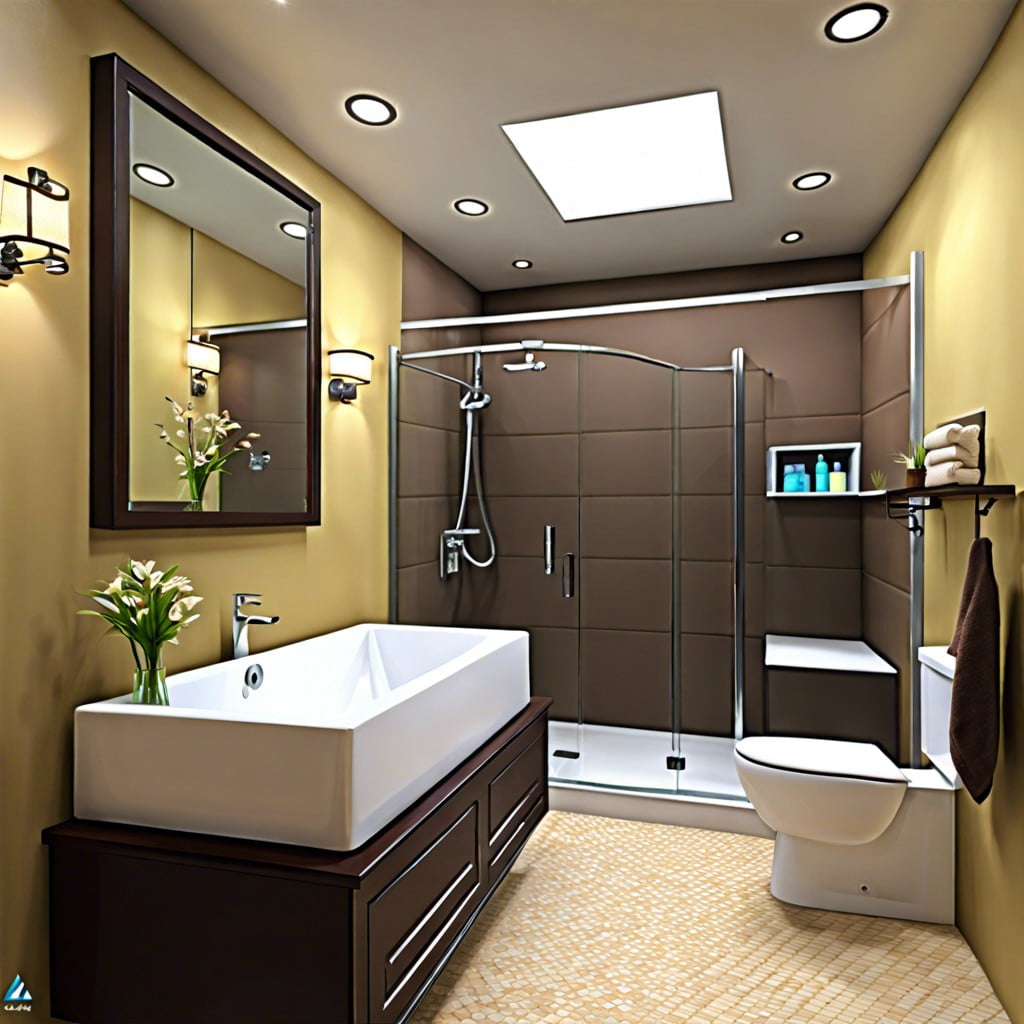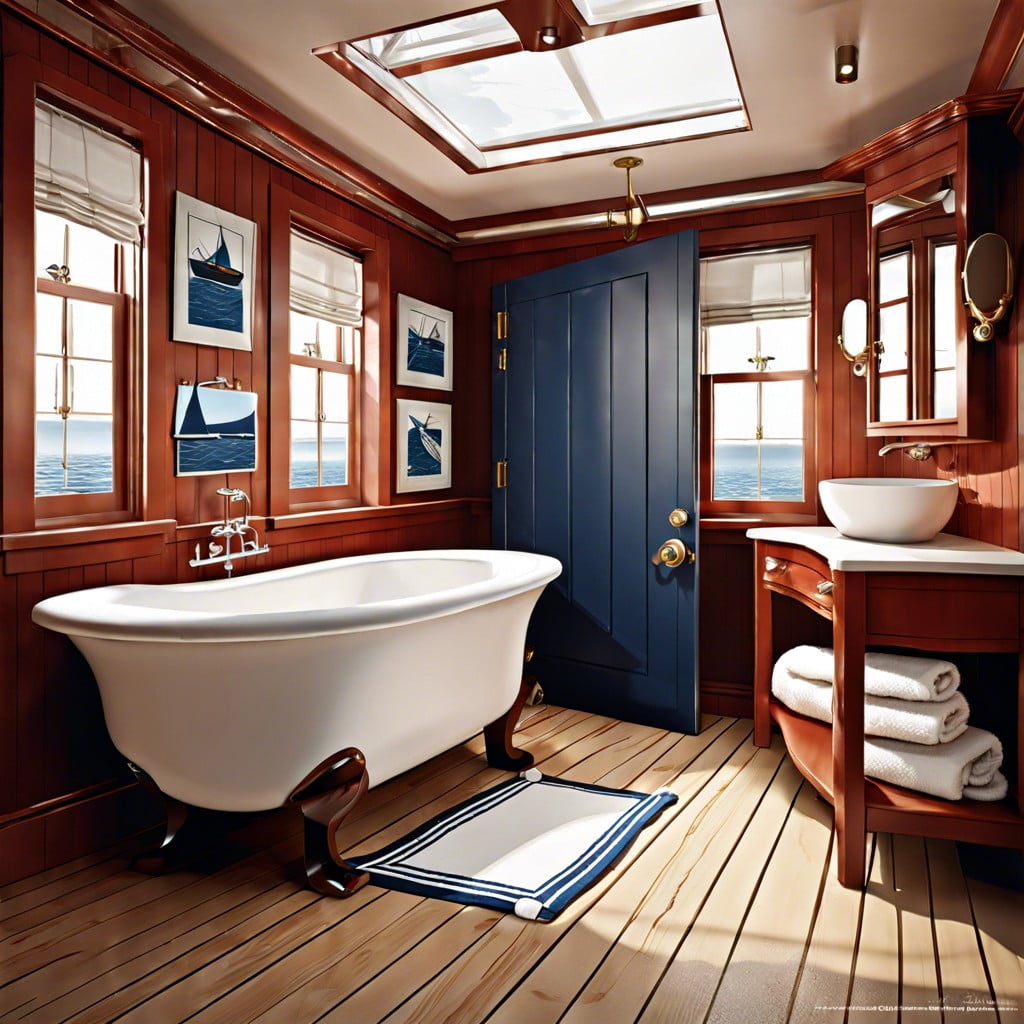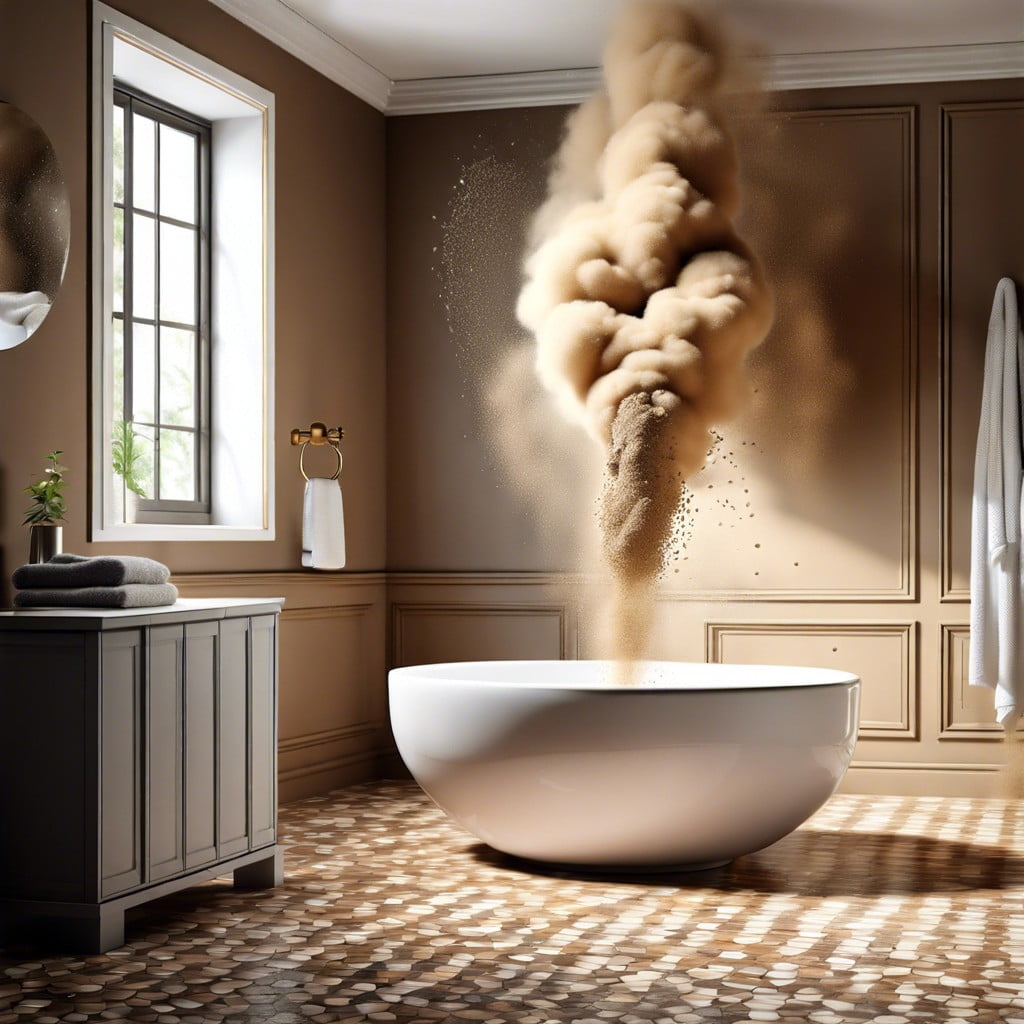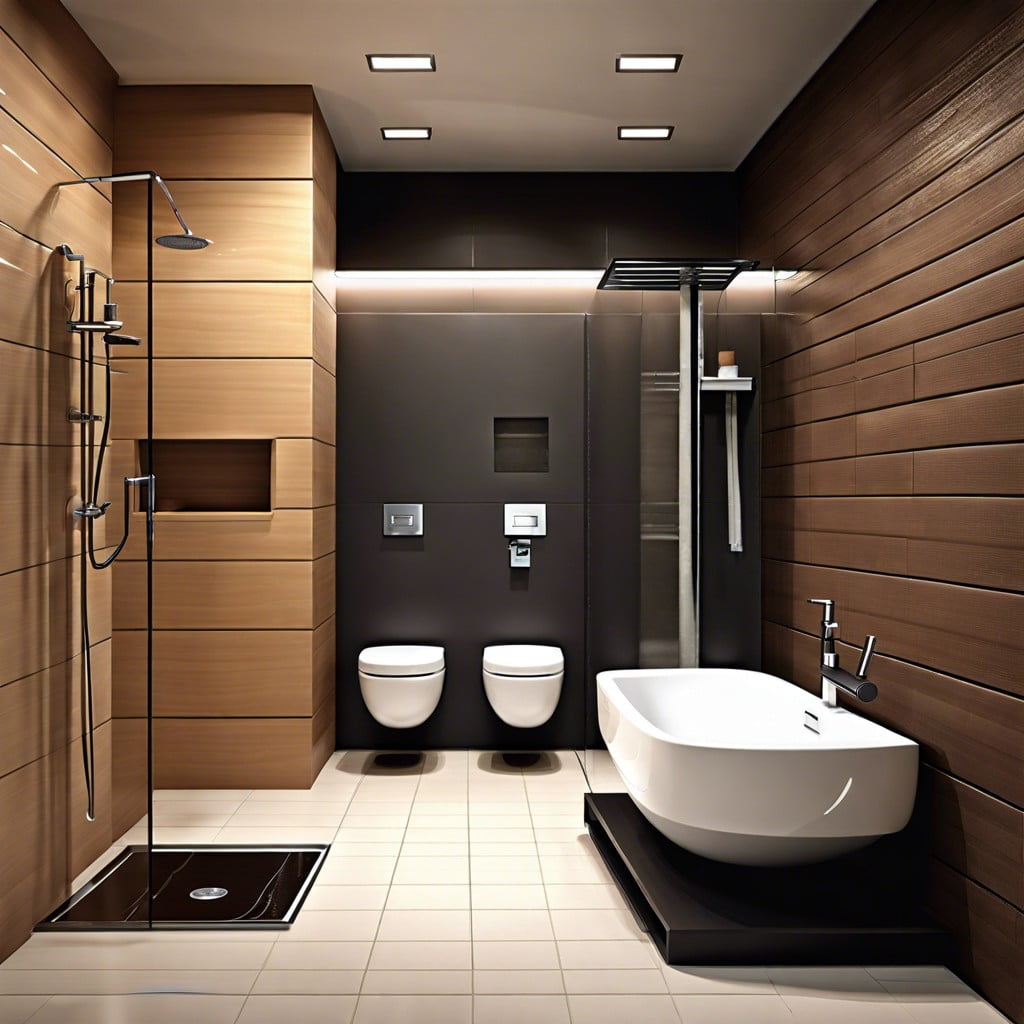Last updated on
Discover why your bathroom is commonly referred to as the “head,” a term steeped in maritime tradition.
Key takeaways:
- Naval terminology influenced everyday language
- “Head” referred to the bathroom on ships’ bows
- Positioning provided practical benefits for sanitation
- “Head” embodies maritime efficiency and practical design
- Maritime language influenced bathroom design today
Naval Terminology Origins
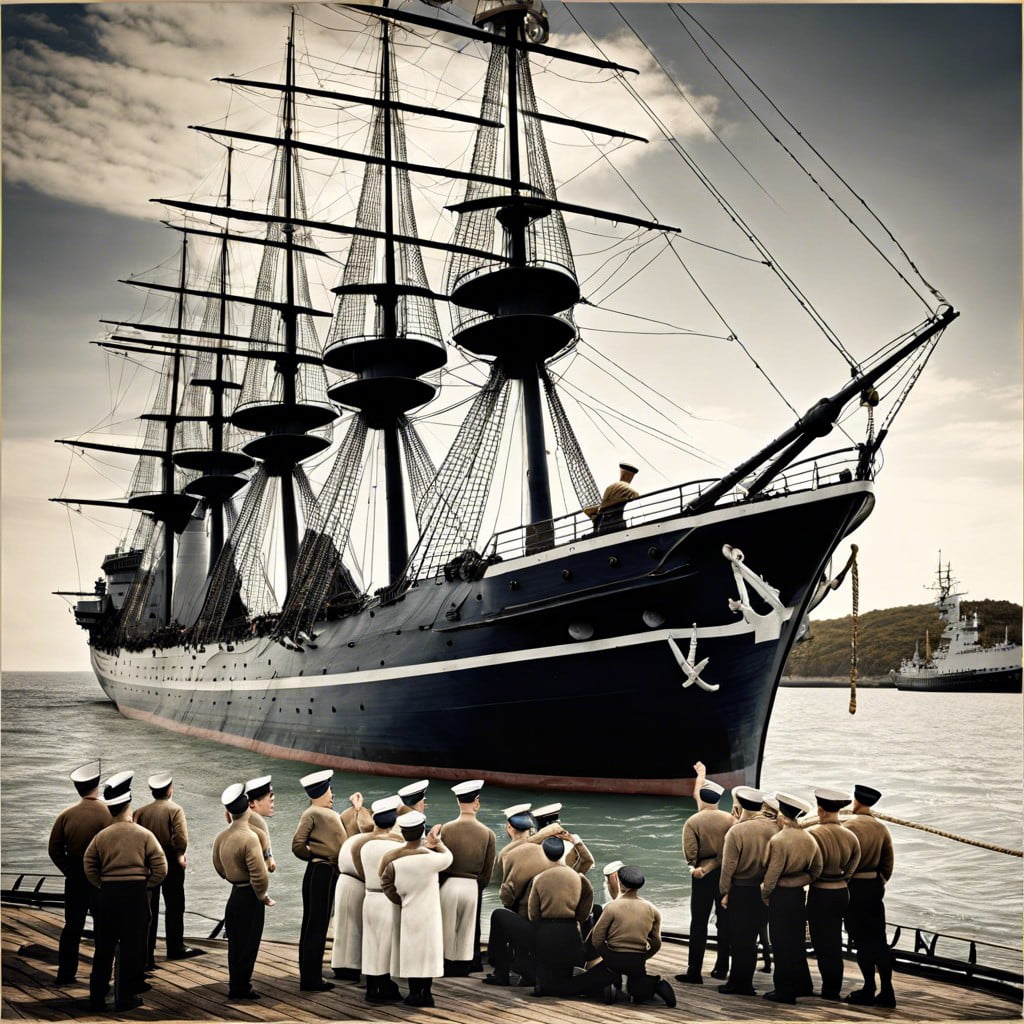
The nautical world has long been a rich source for everyday language, with words like ‘avast’ and ‘ahoy’ breaching beyond the confines of the ship’s deck. The traditions of sailors have historically spread far and wide, influencing the terminology we use without a second thought. Language aboard these vessels needed to be clear and concise to ensure orders were understood amidst the chaos of the sea.
Understanding naval terminology is like unlocking a secret code. Take “port” and “starboard” for instance. These terms ensure clarity and precision when sailors communicate directions onboard. Such specificity is crucial—it could mean the difference between smooth sailing and catastrophic collisions.
Similarly, nautical lexicon has navigated its way into the very structure of our ships and boats, with each section and function given a distinct moniker. In this world where every word matters, “head” emerged not just as another term but as a hallmark of maritime lingo. It serves as a reminder that the sailor’s language is much more than mere words; it’s the embodiment of a rich maritime heritage that continues to flow through our vernacular today.
Sailing Ships and the Bow Location
Placing the bathroom at the ship’s bow made practical sense for several reasons. Firstly, the forward most part of the vessel was typically reserved for the crew’s quarters and communal areas, differentiating them from the captivated and higher-ranked individuals stationed midship or at the stern. Secondly, being at the bow, the head benefitted from the wind blowing from the stern forwards, carrying away odors and thus maintaining better sanitary conditions. Lastly, sea spray would assist in naturally cleaning the area. These practical decisions of olden maritime life inadvertently influenced the naval jargon that eventually seeped into modern language.
Earliest Usage of “Head” in Nautical Context
The term “head” dates back to the early days of sailing. Historically, the uppermost part of the bow of a ship is where this word first saw maritime use. It was in this forward location that the crew’s facilities were positioned. To minimize the stench and for pragmatic disposal of waste, the head was placed at the prow of the ship where the wind was strongest when the vessel was underway. The ‘head’ of the vessel thus became synonymous with the sailors’ latrine. This placement also had practical benefits for sanitation and avoiding contamination of the rest of the ship’s living quarters. Understanding these functional considerations gives insight into the nautical practices of the time and explains how ‘head’ became the moniker for the bathroom aboard a ship.
Connotations of “Head” in Naval History
Naval history is replete with terms that have intriguing backstories, and “head” is no exception. As sailors traversed the seas, their lingo often reflected the practicality and necessity of their environment. Positioning the ship’s toilet at the bow, or “head,” minimized the smell and allowed natural forces to assist in sanitation, a reminder that nautical language is steeply anchored in functionalism. Furthermore, the place served as a communal gathering spot, evolving into a synonym for a lavatory even on terra firma. Thus, “head” carries with it notions of maritime efficiency, practical design, and the inevitable blending of shipboard life into everyday vocabulary.
Influence of Maritime Language On Modern Bathroom Design
Maritime language has left an indelible mark on the way we conceptualize bathroom design today. The term ‘head’, stemming from its nautical history, is an implicit nod to the streamlined functionality that is a hallmark of ship design. This particular influence manifests in the spatial efficiency often seen in bathrooms, especially those in compact homes and apartments reminiscent of a seafaring vessel’s constraints.
Another point of inspiration lies in the choice of materials and fixtures. Just as the ‘head’ on a ship would utilize corrosion-resistant materials and watertight fittings suited for the harsh marine environment, modern bathrooms often incorporate stainless steel, copper, and ceramic elements that echo this durability and the necessity for easy maintenance.
Moreover, the lighting in contemporary bathroom design frequently mirrors the practical, unobtrusive lighting found on boats. This is not just for aesthetic consistency but also for safety and ease of use in water-prone areas, emphasizing the priority of functionality over elaborate decoration.
Finally, the terminology has trickled down to the very essence of bathroom culture. Words like ‘vanity’ and ‘deck’, common in the bathroom industry, also have their roots in nautical language, emphasizing the profound influence maritime traditions have on the way we interact with our personal spaces. Thus, the origins of ‘head’ enrich our understanding of bathroom design, offering a salute to naval functionality and precision.
Recap
